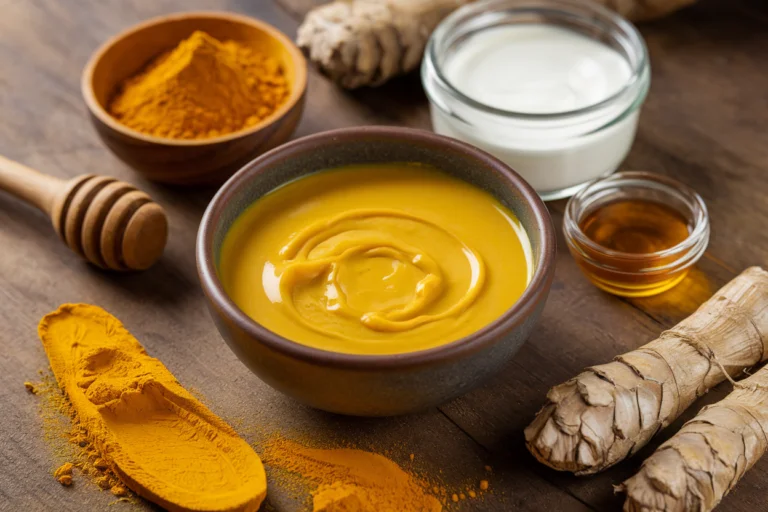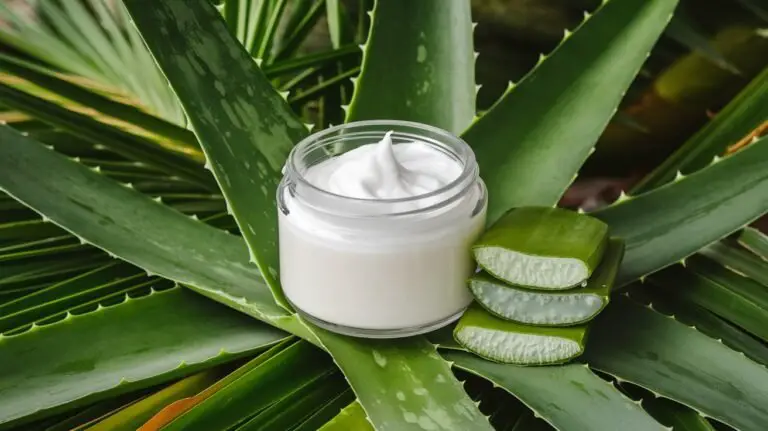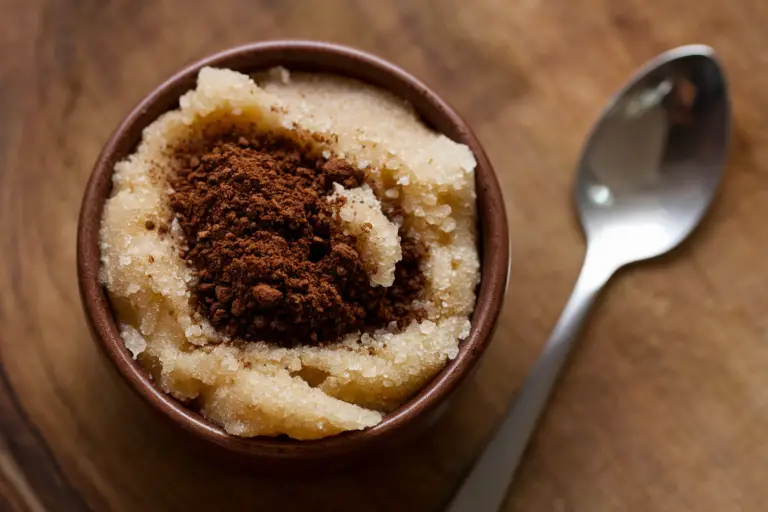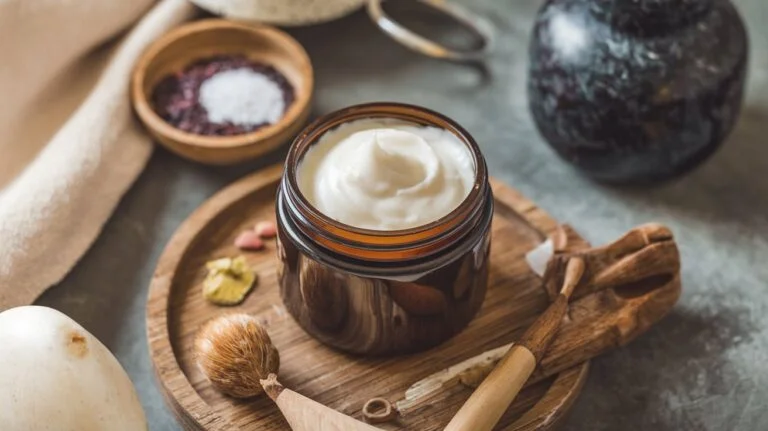Natural Aloe Vera Sunburn Soother
Sunburn got you looking like a lobster with regrets? I’ve been there—crisped, cranky, and wondering why SPF 15 ever seemed like a good idea. Luckily, nature hands us a legit chill pill: aloe vera.
Slather it on right, and you can turn down the sting, speed up healing, and save your skin from peeling like a week-old sticker.
Why Aloe Vera Works (And Why Your Grandma Was Right)
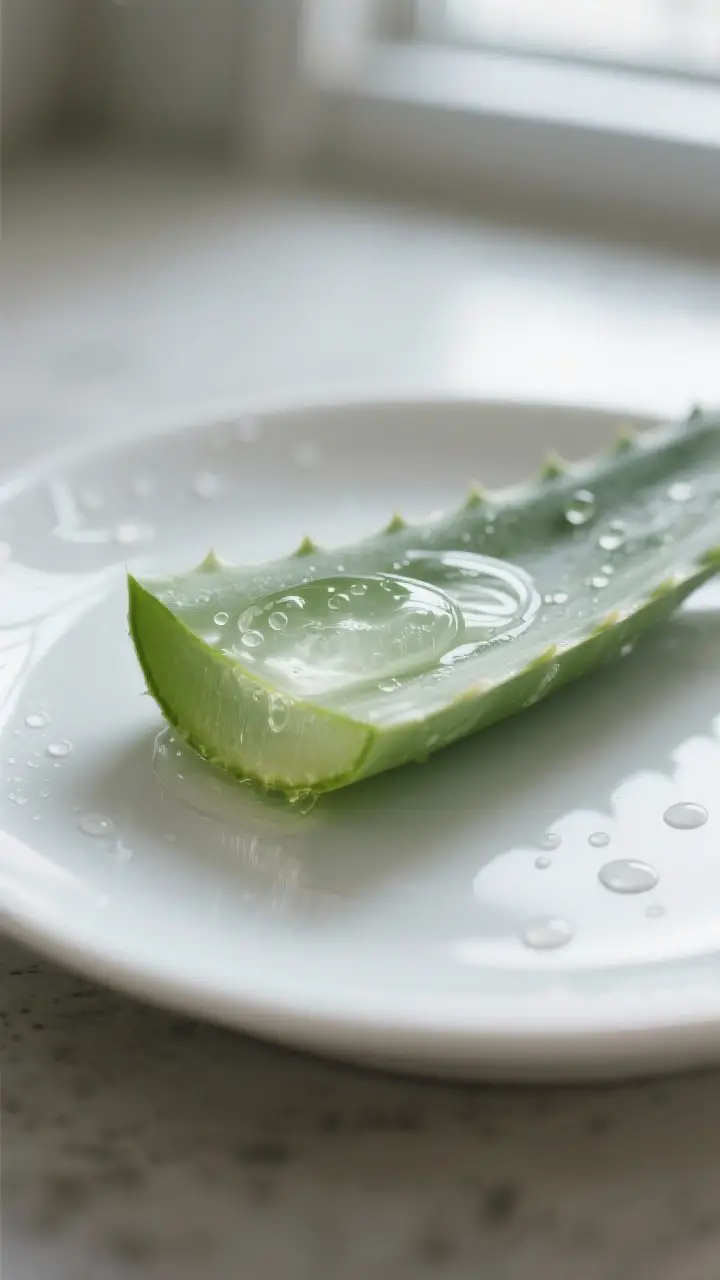
Aloe isn’t just a trendy plant on Instagram shelves. It’s packed with over 75 active compounds—like vitamins, minerals, enzymes, and amino acids—that your skin loves. When sunburn hits, aloe steps in like a cool-headed friend. Here’s what aloe does for sunburn:
📖 Get Access to 50+ Printable Smoothie Recipes Instantly! 🖨️
Boost your health with delicious smoothies! These easy-to-follow printable recipe eBooks are perfect for detoxing, fitness goals, and tasty plant-based living. Available for instant download on Etsy! 🌿✨
- Cools instantly: Its gel holds water and evaporates slowly, so it literally chills the burn.
- Reduces redness and swelling: Compounds like aloin and salicylic acid help calm inflammation.
- Speeds healing: It encourages fibroblast activity—aka the cells that repair damaged skin.
- Boosts moisture: Sunburned skin gets thirsty; aloe hydrates without being greasy.
The Science-y Bit, Simplified
Aloe contains polysaccharides that help rebuild skin after UV damage.
It also offers antioxidants (vitamins C and E), which mop up free radicals. Translation: less redness, faster recovery, and fewer flakes. FYI, that cooling you feel?
It’s not just in your head.
Fresh Plant vs. Store-Bought Gel: Which Wins?
Short answer: both can work. But each has pros and cons. Go fresh if you:
- Have an aloe plant on hand (and don’t mind playing kitchen chemist)
- Want the purest option with zero fragrances or dyes
- Prefer a thicker, more soothing gel feel
Go store-bought if you:
- Need convenience, fast
- Want a product that stores easily and lasts longer
- Pick a brand with 99–100% aloe and minimal extras
Red flags in bottled aloe:
- Fragrance, dyes (especially green), or alcohol denat (aka drying misery)
- “Aloe-infused” products with aloe buried at the end of the ingredients list
How to Pick a Good Aloe Gel
Check the label for:
- Aloe barbadensis leaf juice as the first ingredient
- Short ingredient list, minimal preservatives (like potassium sorbate)
- Clear or slightly cloudy gel
If it smells like perfume or looks neon, hard pass.
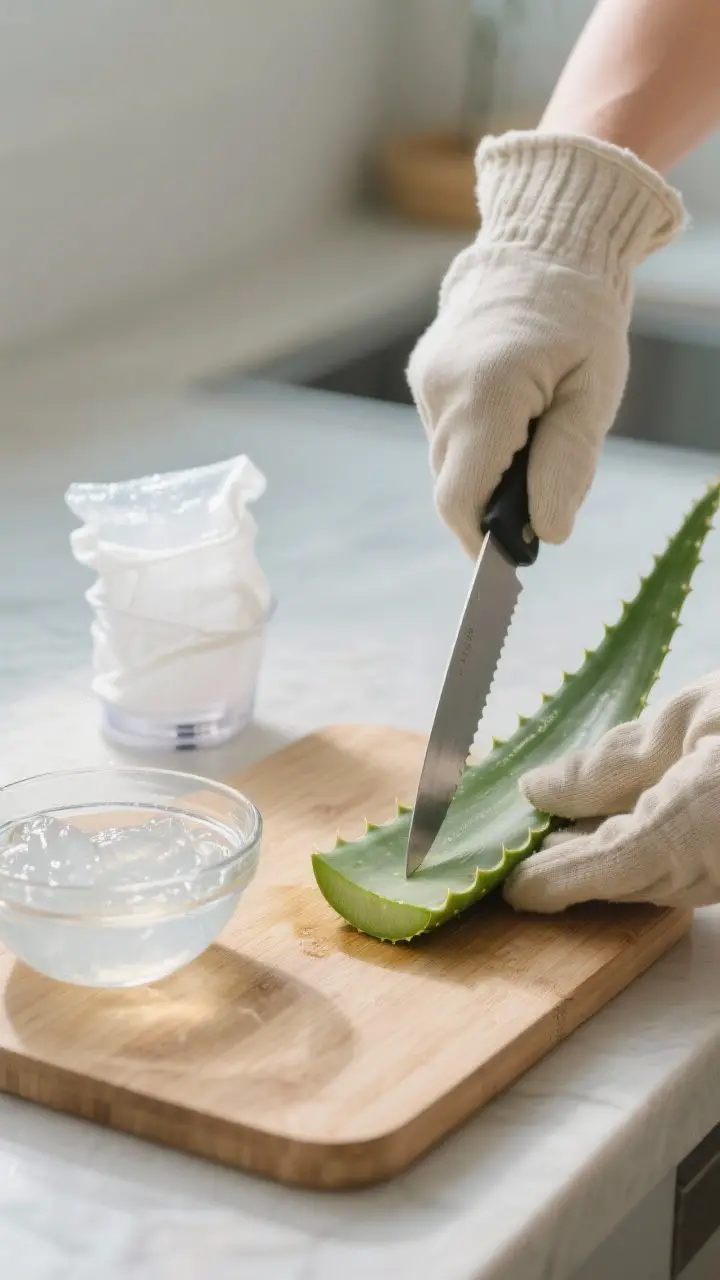
How to Use Aloe Like a Pro
You can’t just smear it once and call it a day.
Technique matters.
- Cool the skin first. Rinse the burn with cool (not icy) water for a few minutes. Cold compress? Even better.
- Apply a thin layer of aloe. Thick blobs feel nice but don’t absorb as well.
Thin, even coat wins.
- Let it dry, then reapply. Every 2–3 hours, especially on day one.
- Seal with a bland moisturizer at night. Think ceramide lotion or pure squalane to lock in hydration.
DIY Fresh Aloe Gel
- Snip a mature outer leaf near the base.
- Stand it upright for 10 minutes to drain the yellow sap (aloin). It can irritate sensitive skin.
- Peel the spiky edges and green skin, scoop the clear gel.
- Blend briefly until smooth. Store in a clean jar in the fridge for up to a week.
Optional add-ins: a drop of vitamin E oil or a splash of rose water.
IMO, keep it simple for sunburns.
Smart Aloe Combinations for Faster Relief
Aloe plays well with others. Build a soothing routine, not a chemistry experiment. Great pairings:
- Aloe + colloidal oatmeal: Calms itching and irritation.
- Aloe + niacinamide (2–5%): Reduces redness and supports the skin barrier.
- Aloe + hyaluronic acid: Adds extra hydration without heaviness.
- Aloe + cold green tea compress: Antioxidants and tannins = less inflammation.
Avoid for now:
- Retinoids, AHAs/BHAs, benzoyl peroxide, and vitamin C serums
- Fragranced lotions or essential oils on the burned area
You can flex those actives after the skin heals. For now, be gentle.
Bonus: Aloe Ice Cubes
Mix aloe gel with a little water, freeze in an ice tray, then wrap a cube in a clean cloth and dab the area.
Don’t apply ice directly to skin—ever. You want chilled relief, not frostbite cosplay.
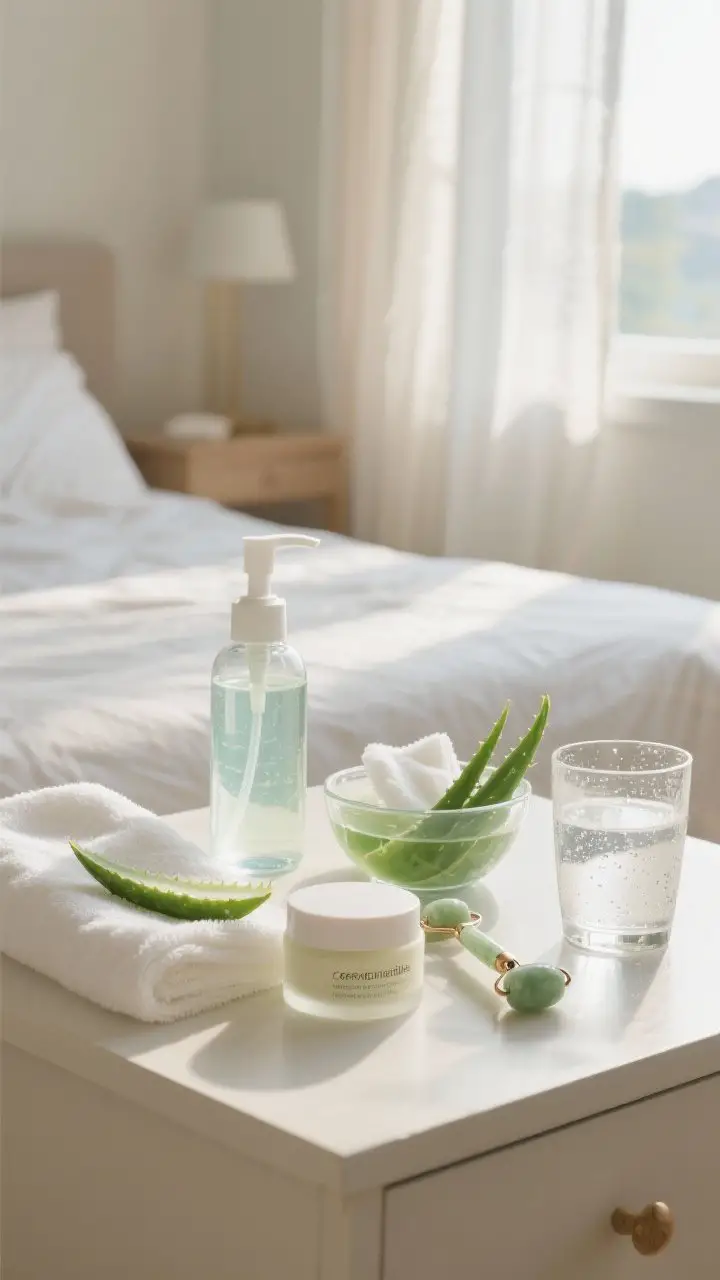
Sunburn Triage: What to Do Beyond Aloe
Aloe helps, but it can’t do everything. Treat sunburn like the minor injury it is. Do this:
- Hydrate like it’s your job.
Sunburn dehydrates you inside and out.
- Take an anti-inflammatory (ibuprofen) if you tolerate it, per package directions.
- Wear loose, breathable clothing. Cotton or bamboo are your friends.
- Stay out of the sun until redness subsides. Hats, shade, SPF 30+ if you must go out.
Skip this:
- Oil-heavy occlusives right away (they trap heat on day one)
- Popping blisters (infection risk)
- Hot showers, harsh soaps, or gritty scrubs
When to See a Pro
If you have severe blistering, chills, fever, confusion, nausea, or the burn covers a large area, get medical care.
Face, hands, and genitals deserve extra caution. Aloe helps, but it’s not a substitute for professional treatment.
Prevent the Repeat (Future You Will Thank You)
Yes, aloe is awesome. No, it’s not a hall pass to roast again. Make sun sense a habit:
- Use broad-spectrum SPF 30+ daily. Reapply every two hours outdoors, and after swimming/sweating.
- Use enough. About a shot-glass full for your body, a nickel-sized blob for your face.
- Time your sun. Seek shade from 10 a.m. to 4 p.m. when UV peaks.
- Wear gear. UPF clothing, wide-brim hats, and sunglasses aren’t just for beach influencers.
FYI: UVA sneaks through windows, so yes, car commutes count.
My Honest Take on Aloe Products
I’ve tried the cheap green goos and the “bougie botanical elixirs.” The winners usually look boring and list aloe first.
If I had to pick, I’d go for a clear, unscented 99% gel and keep it in the fridge for that extra ahhhh. IMO, the plant itself still tops the charts if you’ve got the patience.
Pro Tip: Layer Like a Minimalist
Your healing routine can be simple:
- AM: Cool rinse, aloe layer, lightweight SPF 50.
- PM: Cool rinse, aloe, gentle moisturizer. If itchy, a thin layer of 1% hydrocortisone for 1–2 days on body areas (not face unless advised).
FAQ
Can aloe vera prevent peeling?
Aloe can minimize peeling by hydrating and supporting healing, but it can’t fully stop it if the burn runs deep.
Keep applying it regularly and follow with a bland moisturizer at night. Don’t pick or exfoliate the flakes—let them shed naturally.
Is aloe safe for sensitive skin?
Usually, yes. Pure aloe tends to soothe sensitive skin, but a small patch test helps if you react easily.
Avoid formulas with fragrance or alcohol, which can sting and irritate.
How often should I apply aloe for a sunburn?
Early on, every 2–3 hours works well. After day two, you can taper to 2–3 times daily as the heat and redness fade. Reapply after bathing, since water strips moisture.
Can I mix aloe with coconut oil?
Wait a day.
Oils can trap heat in the first 12–24 hours of a fresh burn. Once the area cools and tightness kicks in, a thin oil layer at night can help seal in moisture over your aloe.
Does aloe expire?
Fresh aloe gel lasts about a week in the fridge. Store-bought gels vary, but most last 6–24 months unopened and a few months after opening.
Keep the lid tight and avoid contamination with dirty fingers.
What if my sunburn blisters?
Leave blisters intact—they protect healing skin. Use cool compresses, gentle aloe, and consider an over-the-counter antibiotic ointment only if a blister breaks. Seek medical care if you see spreading redness, pus, fever, or severe pain.
Wrap-Up: Aloe to the Rescue, But Use Your Brain
Aloe vera earns its hype.
It cools the burn, calms the red, and helps your skin bounce back faster. Keep it simple: cool the area, apply aloe in thin layers, hydrate inside and out, and baby your skin until it forgives you. Then grab that SPF and make better choices—your future self (and your epidermis) will be very, very grateful.


